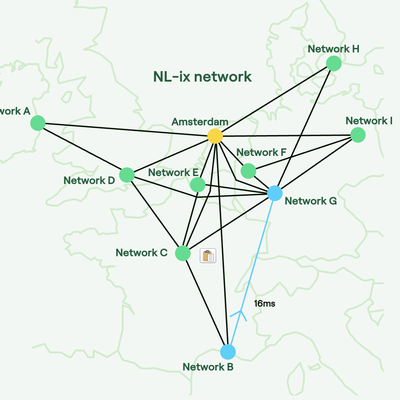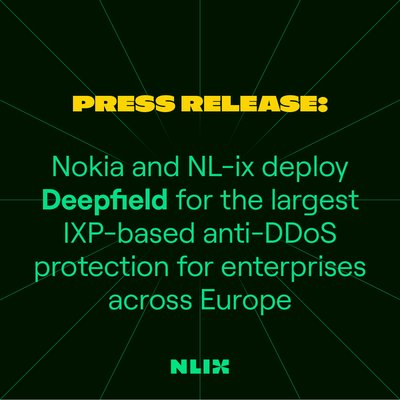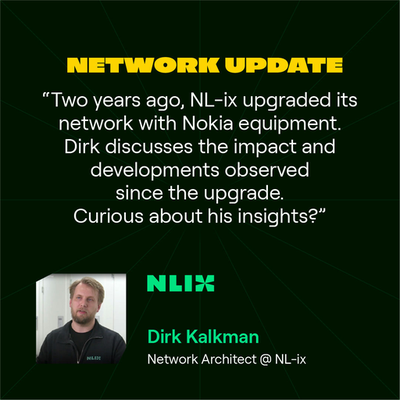
Distributed vs Local IX
A distributed Internet Exchange model may not be the traditional approach, but it brings key advantages over a local Exchange. Want to learn more?
A distributed internet exchange model may not be the traditional approach, but it brings key advantages over a local exchange. Curious to learn more? Kevin, our Product Manager Peering is keen to explain.
Distributed vs Local Internet Exchange
What is an Internet Exchange?
In a nutshell, an Internet Exchange is a layer 2 network that is stretched over one or more devices in one or more datacenters, often close to each other to keep latency low for member networks and to keep cost to a minimum for the Internet Exchange operator. This network allows member networks to reach each other and exchange traffic directly. The Internet Exchange is responsible for maintaining the layer 2 network, IP address assignment and providing some tooling for an optimal experience, like a route server.
The Internet Exchange network is used by member networks to exchange IP traffic with each other directly, router to router, to ensure that there is no one in between. This direct connection gives the connected networks full control over their interconnectivity, ensuring available capacity as well as making latency predictable and consistent.
Local Internet Exchanges
Before diving into the benefits of a distributed Internet Exchange, let's first have a look at the more traditional local Internet Exchange model.
In the early days Internet Exchanges were available in a single location only, mainly within a single city, leaving out many (smaller) datacenters outside of the larger locations, requiring networks to arrange transport to an Internet Exchange location to be able to enjoy its benefits. The main reason behind this location limitation was cost, as inter-location connectivity was expensive, where one of the primary benefits of connection to an Internet Exchange was cost reduction, as in those times IP Transit was a lot more expensive than Internet Exchange peering.
As the pioneering Internet Exchanges grew significantly over time, developing a large mass of networks on to their Internet Exchange network, this interconnection hub became so valuable that it started attract networks to connect to the Internet Exchange from a remote location, e.g. from another country. This is nowadays known as "remote peering". Since then, remote peering has become a fact of life, with the downside that the original intentions of an Internet Exchange, to keep traffic local and predictable, faded away.
While local Internet Exchanges are very cost effective to build and give latency guarantees in the form of their limited reach, these limitations also have less attractive qualities:
It's not clear where networks are originated from; even when the latency towards another member's router is low, that doesn't mean it's a local network as they can place an edge router close to the Internet Exchange's network
Inefficient traffic flow; with many remote networks connected to an Internet Exchange, a lot of traffic takes a longer physical route than necessary, e.g. when two networks from a country exchange traffic on an Internet Exchange in another country, where latency is effectively doubled
Possibly expensive when arranging your own transport; given that IP Transit pricing has come down significantly it's no longer as cost effective to peer remotely
The distributed model
Let's start with an analogy to describe the different models: A local Internet Exchange is like the roads within a city, you can get around, but are stuck within the city walls. Some networks, the remote peers, from other cities might want to come over, but in order to meet you there they first have to arrange for a third party to build a private road towards the city, and then have to traverse this road to get to the city and to get back home.
A distributed Internet Exchange adds highways towards other cities, allowing networks to traverse to other networks' front door. Networks no longer have to arrange travel to other cities themselves, but the Internet Exchange takes care of this and delivers traffic at their destination's doorstep. The Internet Exchange maintains these highways, which are shared among members.
When connecting remotely to local Internet Exchange you have to arranges your own transport, this is often a wavelength due to cost. Ideally this would be a redundant link, but given the added cost this is generally not worth it compared to sourcing capacity another way. Distributed Internet Exchanges have redundant paths between all parts of their network, improving the uptime of the connection by eliminating the impact of a single fiber cut.
When connecting to a distributed Internet Exchange it's possible to connect from multiple locations to exchange traffic with the same networks from both locations. This makes it trivial to add geo-redundancy into your network where you no longer depend on a single location. All of this connectivity can be put onto a single contract, so there's no need to deal with multiple suppliers to achieve this.
Because the organizations operating distributed Internet Exchanges can buy backbone connectivity in bulk, as opposed to remote networks buying single lines for themselves, the Internet Exchange gets the advantages of buying backbone connectivity in bulk, reducing the overall cost of interconnection.
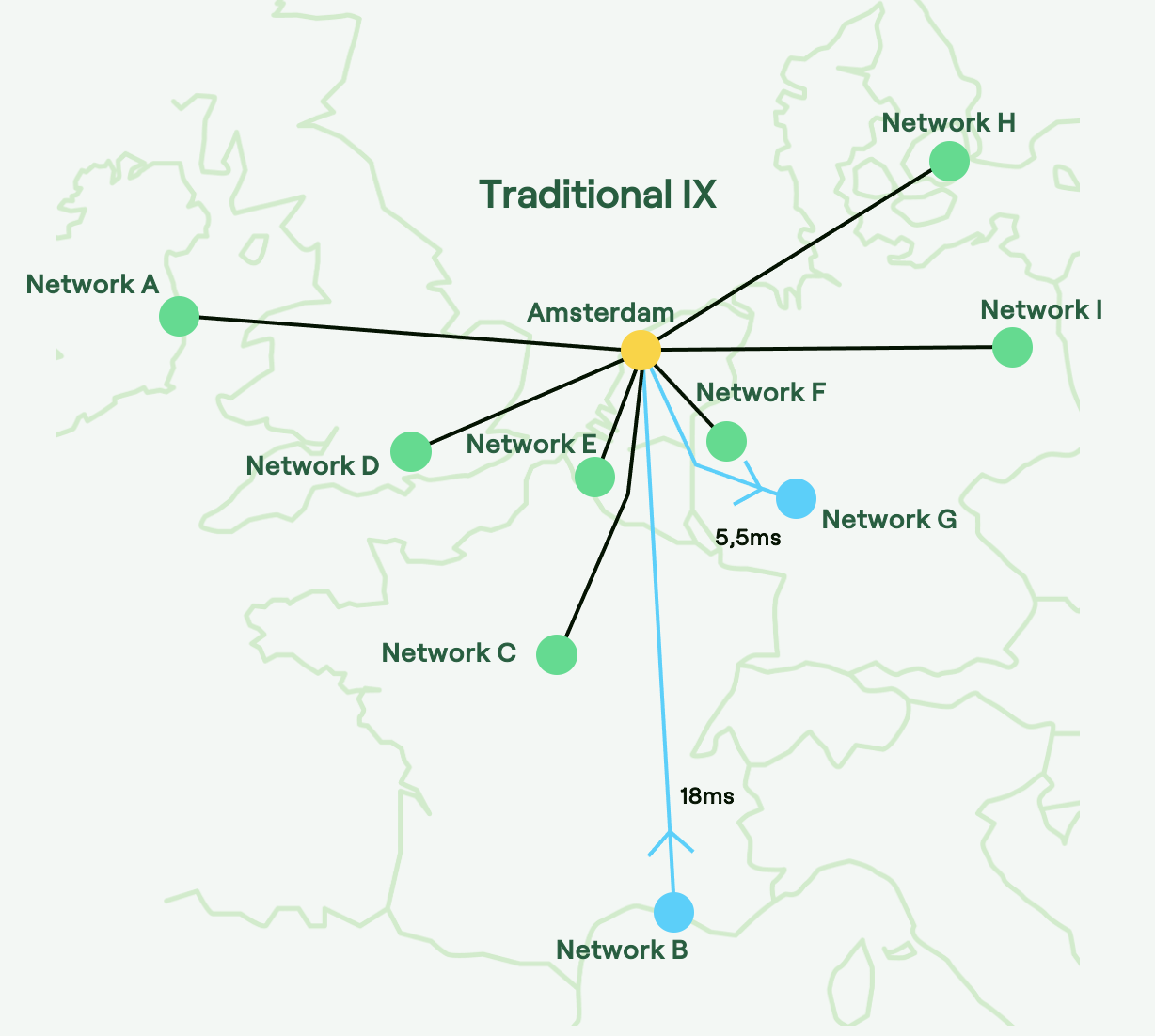
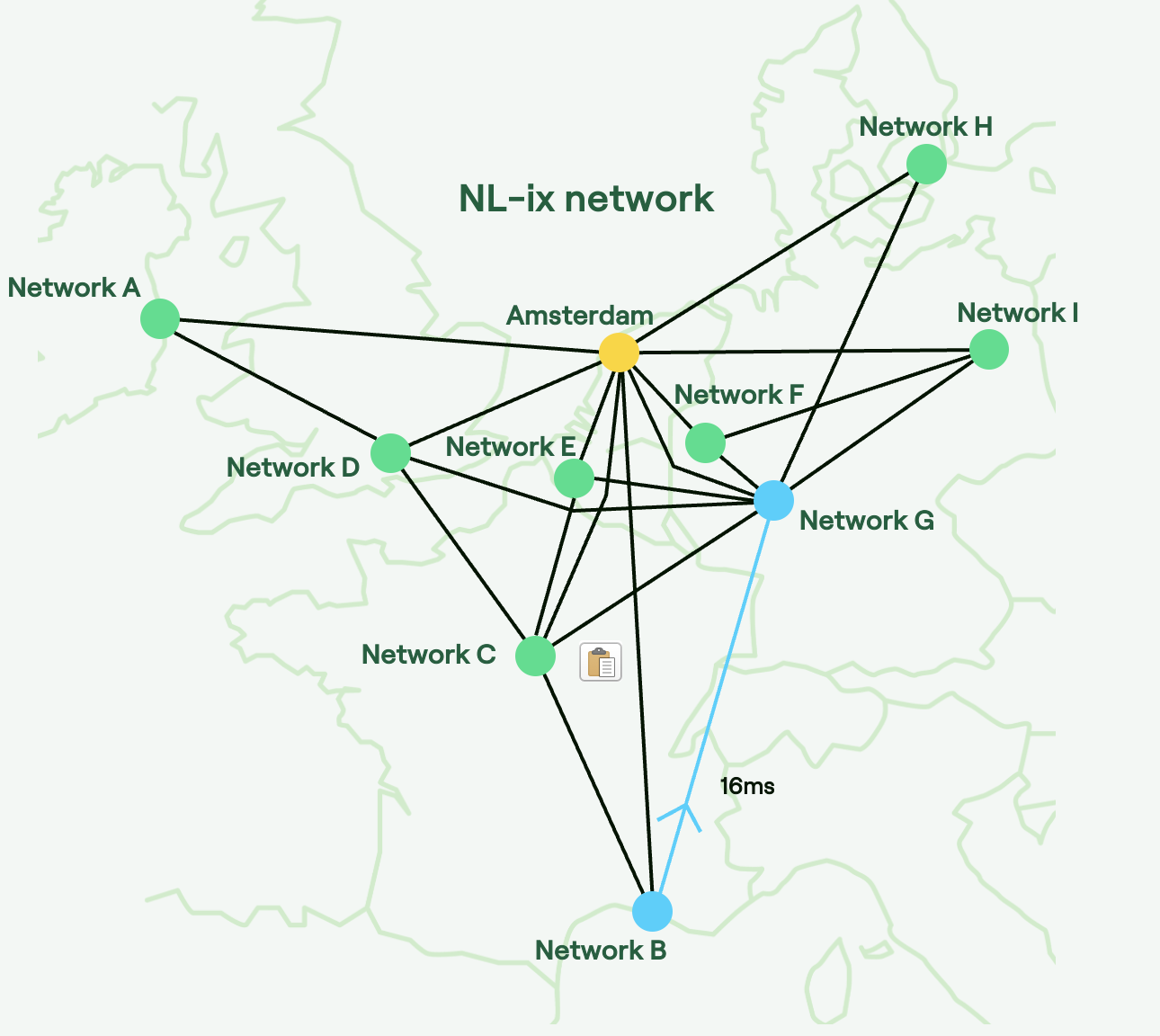
To summarize
Distributed Internet Exchanges solve some of the problems that local Internet Exchanges inherently have. At NL-ix we seek to unburden connecting networks by providing built-in transport towards all peers and optimizing latency throughout our networks.
At NL-ix we believe that local Internet Exchanges are still valuable in the global interconnection landscape, yet we offer an alternative that improves on some of the downsides, and allows networks to mix things up a bit. Every network sets out their own interconnection strategy with different requirements and interests, and we believe that for most networks connecting to a distributed Internet Exchange makes a lot of sense.

